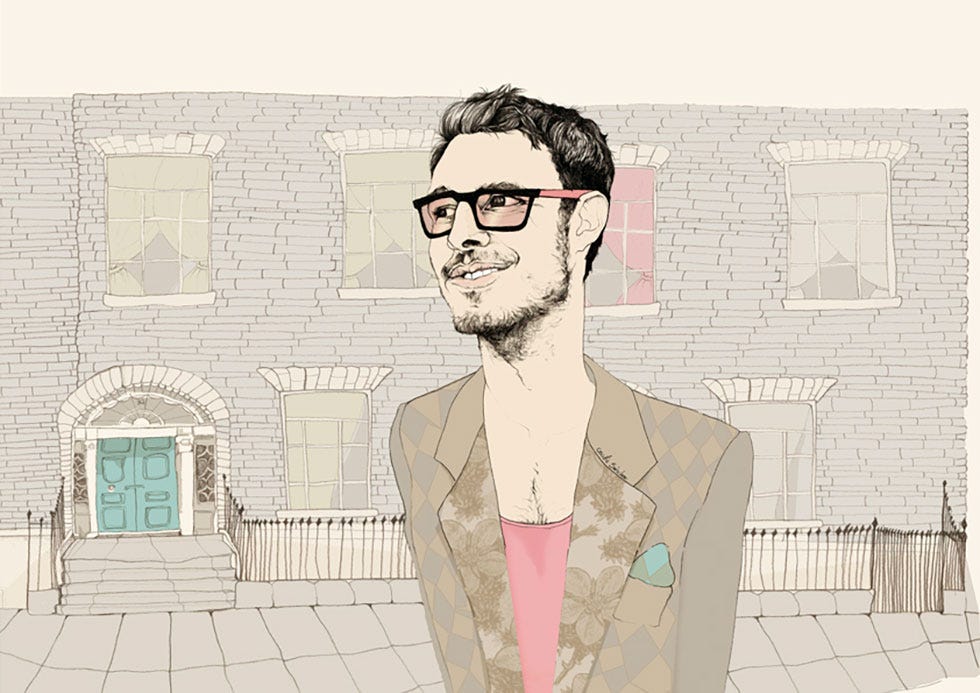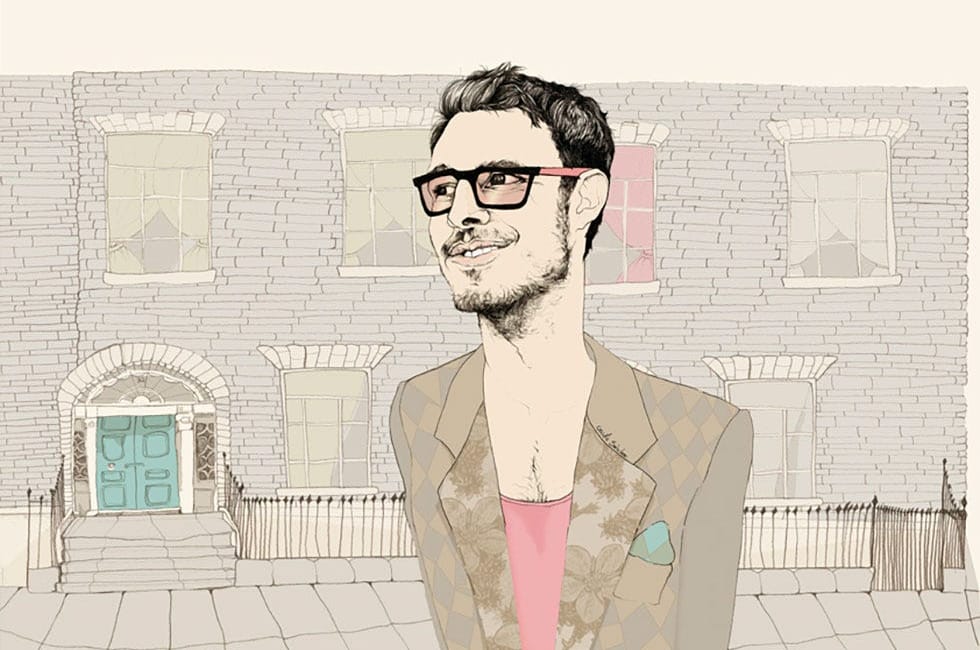By Noah Sanders

If you ask anyone in San Francisco which neighborhoods have the most “hipsters,” you’d expect certain predictable responses. The Mission would lead the way, followed by the Tenderloin, and then maybe a few passing references to the Outer Mission. Sun Times, the national news network of the Chicago Sun-Times, put together a map of San Francisco demarcating the city’s most “hipster spots,” and according to their findings, hipster communities aren’t where you’d expect them to be.
Using “experts” from real estate site FindTheHome — as well as a calculus that crunches data like level of education, percentage of residents between age 20 and 34, and number of cafes and yoga studios per 10,000 people — Sun Times has concluded that the “most hipster” neighborhood in San Francisco is the Financial District (with a score of 88). FiDi is followed by the Marina and Golden Gate Park. Surprisingly, the Mission ranks 3rd from last, while the Tenderloin doesn’t even show up as its own neighborhood. Bayview comes in at the very bottom, the least “hipster” place in San Francisco.

At first blush, this seems preposterous, a showcase of how poorly defined data can skew any story. Who among us would look at the Marina — a neighborhood defined by upscale homes, a massive GAP store, and a park referred to as “Frat Mason” — and think, “yes, this is where the hipsters are.” Same goes for the skyscraper canyons of the Financial District and the urban-suburban belt of Golden Gate Park. These just aren’t areas most people would refer to as classic “hipster” hotspots. That said, maybe it isn’t Sun Times’ methodology that’s at fault but my own outdated definition.
I moved to the Mission from Seattle in 2009, and when I planted my flag here, the definition of hipster was pretty simple: a certain type of fashion (skinny jeans, Converse sneakers), a lot of bike-riding, laconic and/or dismissive attitudes, and a need to not only have an opinion on art, but also to stay on top of any scene as it blossomed. Some people bucked against the term — hipsters were deemed too cool, too precious, too hipster-y — but I proudly embraced it. I was gratified when a friend referred to me as “the nicest hipster in San Francisco” because it meant I had good taste in culture, and it put me in a group of like-minded people I respected. Hipsters, myself among them, saw themselves as a bonafide subculture that thought about things in a new and different way.
What we really were was just another phase in the continuous evolution of a major American city. We were a group of artists and writers and guitar players and hip-hop kids who worked at coffee shops, didn’t have a lot of money, and moved into a primarily Latino neighborhood because that’s what we could afford. But we weren’t the first to occupy a low-income neighborhood, and we weren’t the last. As the Mission became what it is today — a Disneyland of fine food and consumerism, a nightlife destination for Marina kids — this definition of what a hipster is has been sold to the highest bidder. Urban Outfitter sells fixed gear bikes now, and there are more than enough American Apparels to supply the whole world with skinny jeans (if you aren’t buying them at Levi’s already). In other words, the term has changed from being an aesthetic, political, or artistic credo to being a marketing niche.
I can grind my teeth at the idea that Sun Times would define “hipster” by how many yoga studios and cafes an area might have, but why would I? The definition of the word has changed as much as San Francisco has. Maybe the hipsters of yesteryear have segued into the yuppies of tomorrow. Maybe we’ve traded our Western shirts for yoga mats, our fixies for Volkswagens. Or maybe, at the end of the day, how we’re defined doesn’t matter anymore, if it ever did.
[h/t Sun Times; image courtesy of Cecilia Sanchez Sanchez/Flickr]
Got a tip for The Bold Italic? Email tips@thebolditalic.com.







